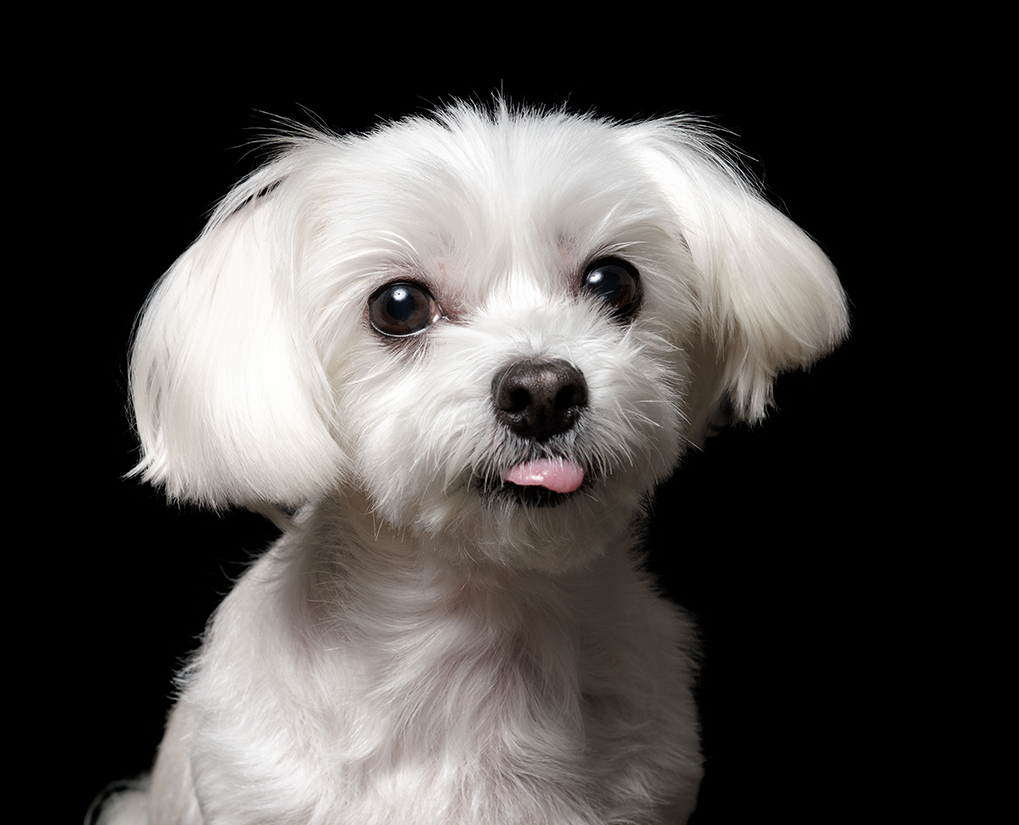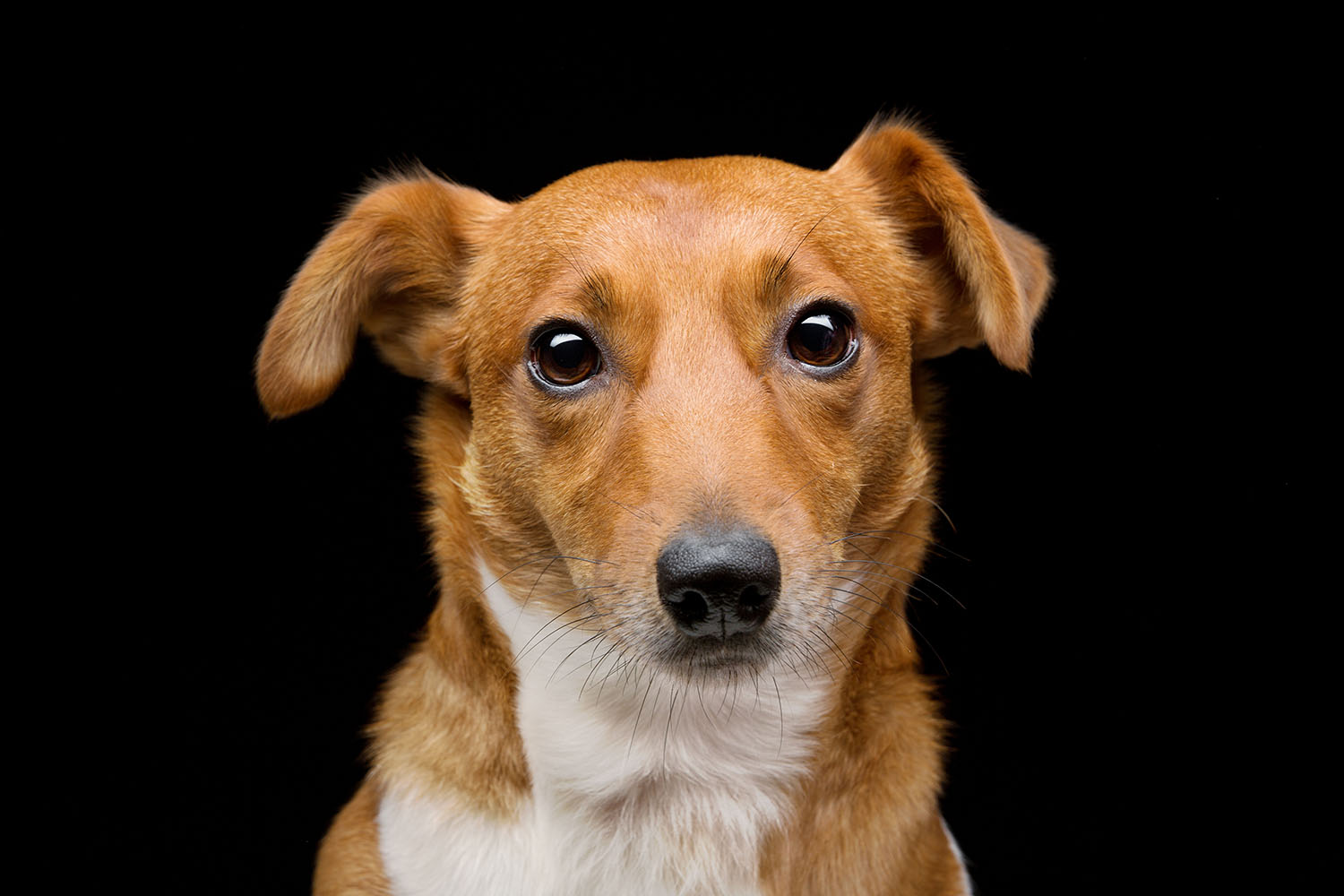Why Does My Dog Drink Then Pee and Then Drink and Pee Again
Many people bring their dogs in because they've noticed either increased drinking or increased peeing
Even if only one is reported, the issues go together. Drinking more causes peeing more and peeing more causes increased thirst.
The outset thing we need to exercise is confirm that the drinking and urinating is actually excessive.

The nuts
How much water is as well much?
Excessive h2o consumption is called polydipsia (PD).
The amount of water whatsoever private drinks varies from twenty-four hour period to day depending on things like hot weather, exercise and different foods.
-
Normal h2o consumption is unremarkably <lx ml/kg/day (ie <600 ml for a 10 kg domestic dog)
-
Polydipsia is confirmed if your canis familiaris} is drinking more than than 100 ml/kg/day (ie >one L for a x kg dog)
-
Between 60–100 ml/kg/solar day is in a greyness zone and we need to consider whether this represents a significant increase from the previous 'normal' water consumption and other factors
To know how much your dog is drinking, you'll demand to mensurate the amount of water he drinks over a 24-hour menses.
How much pee production is as well much?
Production of an excessive amount of urine is chosen polyuria (PU). This is not the same as doing lots of little pees (pollakiuria) or urinary incontinence.
While urine amounts are obviously very much harder to measure out at home, at that place are levels considered normal and aberrant:
-
Normal urine output is <50 ml/kg/day
-
Polyuria is defined every bit >50 ml/kg/24-hour interval
Because we can't easily measure out urine output, we use the concentration of the urine to help us determine the likeliness of polyuria. Persistently passing big amounts of dilute urine supports polyuria.
As polyuria and polydipsia become together, nosotros tend to employ the abbreviation of PU/PD fifty-fifty when a patient is brought in with simply one of the ii reported.

What causes PU/PD?
One time nosotros've confirmed that we're dealing with true PU/PD nosotros need to piece of work out why information technology's occurring. There are lots of possible causes but only three dissimilar mechanisms that lead to PU/PD: primary polydipsia, osmotic diuresis and a failure of urine concentration.
Some of the causes of PU/PD are listed here under the dissimilar mechanisms (notation that this is simplified and in reality, many of these diseases fit into more than than one category). The most common ones are in bold.
Principal polydipsia
(Where a dog drinks a lot causing excessive urine production)
-
Psychogenic polydipsia – which is a rare behavioural disorder that causes primary PD. We don't know why information technology occurs
Osmotic diuresis
(Due to molecules present in urine that depict water out of the torso)
-
Diabetes mellitus
-
Primary renal glucosuria
Failure to concentrate urine
(Due to multiple different mechanisms that interfere with the kidneys' ability to conserve water)
-
Renal dysfunction
-
chronic kidney disease
-
polyuric stage of acute kidney disease
-
post-obstructive diuresis
-
renal medullary washout
-
-
Chief nephrogenic diabetes insipidus – which is a congenital disorder where the kidneys don't respond to antidiuretic hormone (ADH)
-
Secondary nephrogenic diabetes insipidus (acquired)
-
pyometra (uterine infection)
-
pyelonephritis (kidney infection)
-
hypercalcaemia (oftentimes due to cancer)
-
liver illness
-
portosystemic shunt
-
hyperadrenocorticism (Cushing's)
-
hypoadrenocorticism (Addison'south)
-
hyperaldosteronism (Conn's)
-
hypokalaemia
-
polycythaemia
-
-
Primal diabetes insipidus – which is a status of inadequate product of ADH
-
congenital
-
acquired (pituitary disease)
-
-
Drugs
-
glucocorticoids
-
phenobarbitone
-
diuretics
-
salt supplementation
-
Even if we only consider the more common causes, in that location are even so multiple diseases to consider. This means that it's rare we can give you lot a simple diagnosis during a consultation almost why your dog has PU/PD.

How do we investigate PU/PD?
History
Forth with confirming the presence of PU/PD, nosotros'll exist looking for clues in history you give that can assist narrow down the list of possible causes. For instance, a dog with a ravenous ambition is more likely to have diabetes mellitus or Cushing'due south disease than renal failure.
Physical examination
Again, we're looking for clues to help united states of america narrow the list down. For case, enlarged lymph nodes could mean lymphoma, which is associated with elevated calcium levels in the blood (hypercalcaemia).
Initial testing
We typically get-go with what'due south called a minimum database that includes:
-
haematology (red and white claret cells)
-
biochemistry
-
urine testing
A minimum database allows u.s. to diagnose or rule out many of the most common causes of PU/PD such as diabetes mellitus, acute/chronic kidney disease and hypercalcaemia. If no diagnosis has been reached, additional testing is needed.
Further testing
Depending on the results of the minimum database, we may recommend:
-
further blood testing (eg liver function examination, cortisol testing)
-
imaging (ultrasound and X-ray)
If these tests are likewise normal, we can narrow the differential diagnosis to diabetes insipidus (key or nephrogenic) and master polydipsia. To work out which ane of these we're dealing with, we have two potential tests that tell usa whether it's possible for {AnimalName} to concentrate urine:
-
a trial with a drug chosen vasopressin (or desmopressin)
-
a modified water impecuniousness test
If we become to the stage that we demand to consider these, nosotros'll discuss the pros and cons of each before deciding which management to take.
Source: https://www.elwoodvet.net/increased-thirst-and-urination
0 Response to "Why Does My Dog Drink Then Pee and Then Drink and Pee Again"
Post a Comment